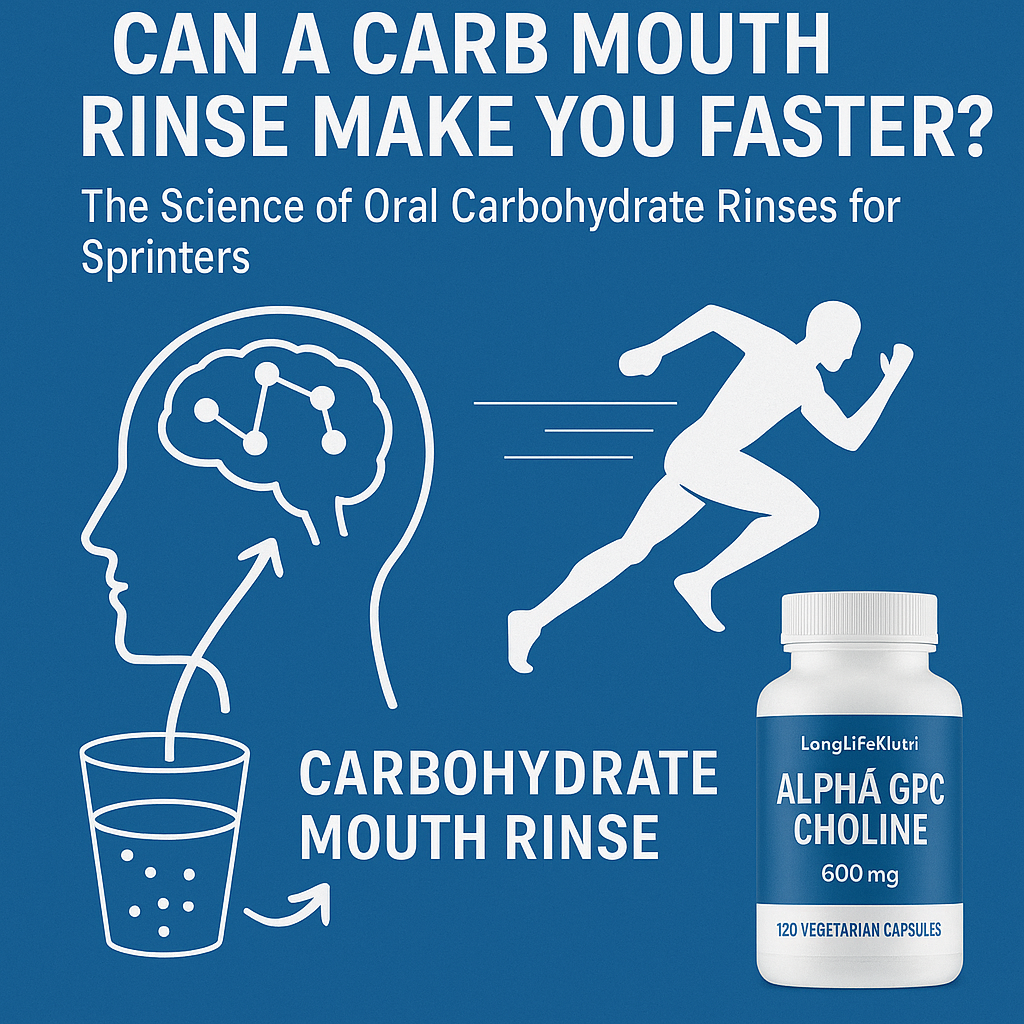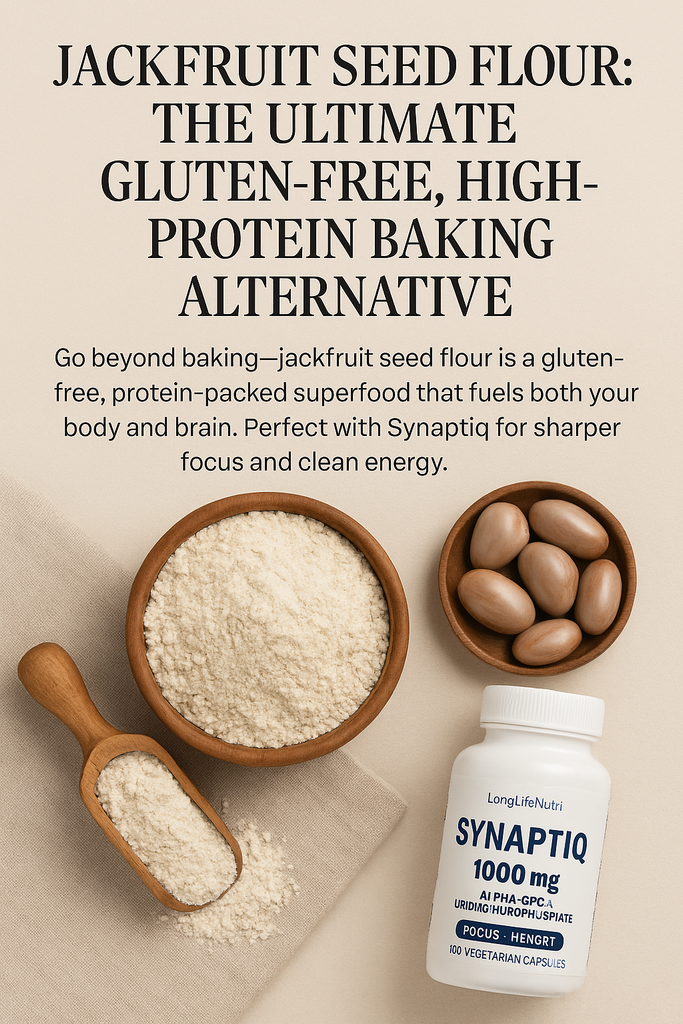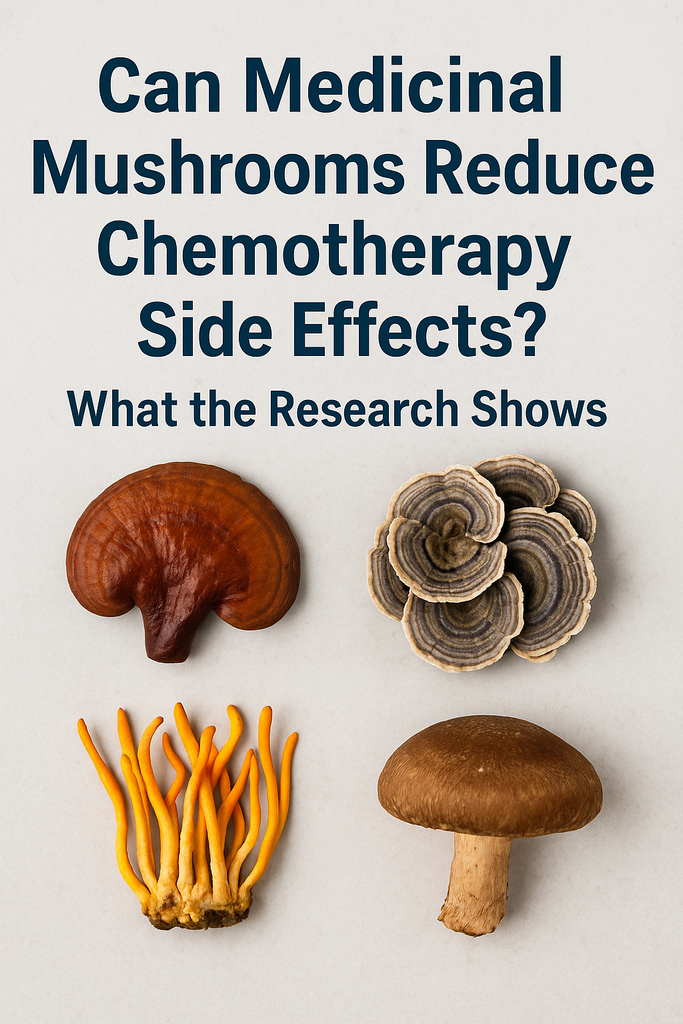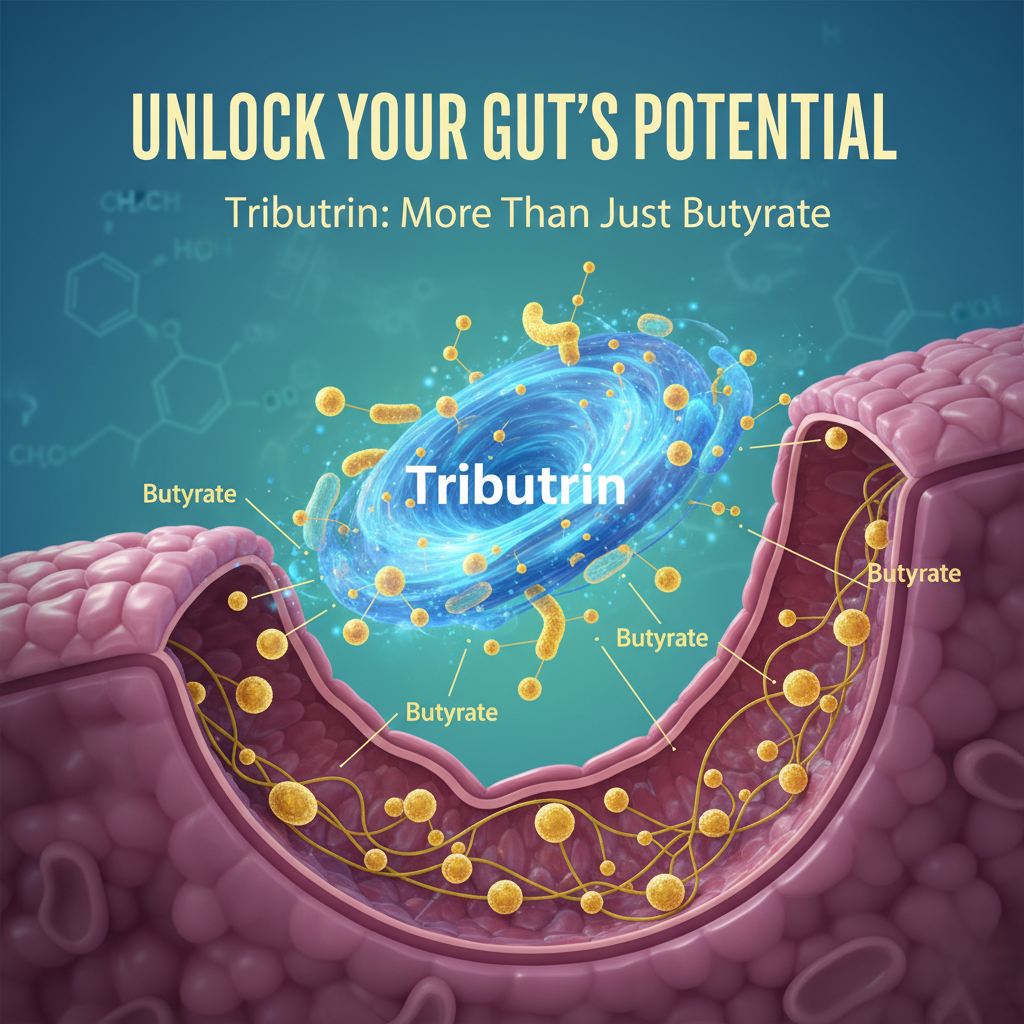News
Can a Carb Mouth Rinse Make You Faster? Science + Strategy for Sprinters
carb mouth rinse carbohydrate rinse for athletes sprint performance
What if you could improve your sprinting performance without swallowing a single calorie? For elite athletes and competitive sprinters, marginal gains can mean the difference between winning and watching from the sidelines. One surprising method making waves in sports science circles is the use of a carbohydrate mouth rinse—a simple swish-and-spit protocol that might help you run faster without digesting a thing.
Backed by a growing body of research, carb mouth rinses are thought to activate reward and motor centers in the brain, boosting power output and mental drive. While this technique is especially popular among endurance athletes, new evidence suggests it may also benefit sprinters in short bursts of explosive performance. In this article, we’ll explore the science behind carb rinsing, when it works best, and how combining it with nootropic support like Alpha GPC Choline can give athletes a cognitive edge on race day.
Jackfruit Seed Flour: The Best Gluten-Free, High-Protein Flour for Brain and Body Health
gluten-free flour high-protein flour jackfruit seed flour
As more people seek alternatives to traditional wheat flour—whether for health, dietary, or lifestyle reasons—the world of gluten-free baking is rapidly evolving. One of the most exciting discoveries in recent years is jackfruit seed flour, a powerhouse ingredient that's making waves in both health food and culinary circles. Sourced from the seeds of the tropical jackfruit, this flour is not only gluten-free but also rich in protein, fiber, and essential nutrients.
But jackfruit seed flour isn’t just for the gluten-intolerant. It's also an excellent choice for anyone seeking to boost their daily protein intake, enhance digestion, and explore new textures in baking. Even more fascinating is how protein—the key component in jackfruit seed flour—supports more than just muscle. It's also a vital precursor for brain health, mood regulation, and cognitive function, making it a smart addition to any brain-boosting lifestyle. That’s why many are pairing high-protein foods like jackfruit seed flour with nootropic supplements like Synaptiq from LongLifeNutri, which supports focus, memory, and overall brain performance.
Can Medicinal Mushrooms Reduce Chemotherapy Side Effects? What Science Says
chemotherapy support medicinal mushrooms reduce chemo side effects
Chemotherapy remains one of the most widely used treatments for cancer, offering hope to millions. Yet, for many patients, the harsh reality of chemotherapy’s side effects—fatigue, nausea, weakened immunity, hair loss, and more—can be as challenging as the cancer itself. The physical and emotional toll often leads people to explore supportive therapies that might ease the journey, including natural remedies.
Among these, medicinal mushrooms are gaining serious traction. Long utilized in Traditional Chinese Medicine and now studied in modern clinical settings, mushrooms such as Reishi, Turkey Tail, Cordyceps, and Shiitake are being explored for their potential to support immune function, reduce inflammation, and enhance quality of life during chemotherapy. But what does science actually say? In this article, we dive deep into the latest research to examine whether medicinal mushrooms can truly reduce chemotherapy side effects and how they might fit into integrative cancer care.
Tired of Leg Swelling & Discomfort? Discover How Diosmin Supports Healthy Veins Naturally
diosmin leg swelling relief vein support supplement
Leg swelling, heaviness, and discomfort are more than just nuisances—they’re signs your circulatory system might be under pressure. Whether it's from long hours standing or sitting, aging, poor circulation, or chronic venous insufficiency (CVI), these symptoms can impact your energy, mobility, and quality of life. And while compression stockings and medications offer relief, many are turning to a natural ingredient with centuries of use and modern science to back it up: diosmin.
Diosmin is a powerful flavonoid found in citrus peels, clinically studied for its ability to support vascular tone, reduce fluid retention, and promote healthy blood flow in the legs. If you're looking for a natural yet effective way to ease that tired, swollen feeling in your legs, diosmin may be your new go-to. In this article, we explore what diosmin is, how it works, and why LongLifeNutri’s Diosmin 1000mg is gaining popularity as a reliable daily circulatory support supplement.
Unlock Your Gut's Potential: Why Tributyrin is More Than Just a Butyrate Supplement
butyrate supplement tributyrin benefits what is tributyrin
Your gut is more than just a digestive system—it's a thriving ecosystem that impacts everything from immune function to mental clarity. At the heart of this ecosystem is butyrate, a short-chain fatty acid that fuels colon cells, strengthens the gut barrier, and plays a crucial role in reducing inflammation throughout the body. While butyrate is produced naturally in the colon by fermentation of dietary fiber, getting enough of it—especially in today’s fast-paced, fiber-poor world—can be challenging.
This is where tributyrin enters the picture. Unlike standard butyrate supplements, Tributyrin is a prodrug of butyric acid, meaning it's a more bioavailable, slow-release form that delivers butyrate directly to the colon where it's needed most. It’s not just another gut supplement—it’s a next-generation approach to unlocking your microbiome’s full potential. In this article, we dive deep into the science of tributyrin, how it compares to other forms of butyrate, and why it might just be the missing link in your gut health strategy.





